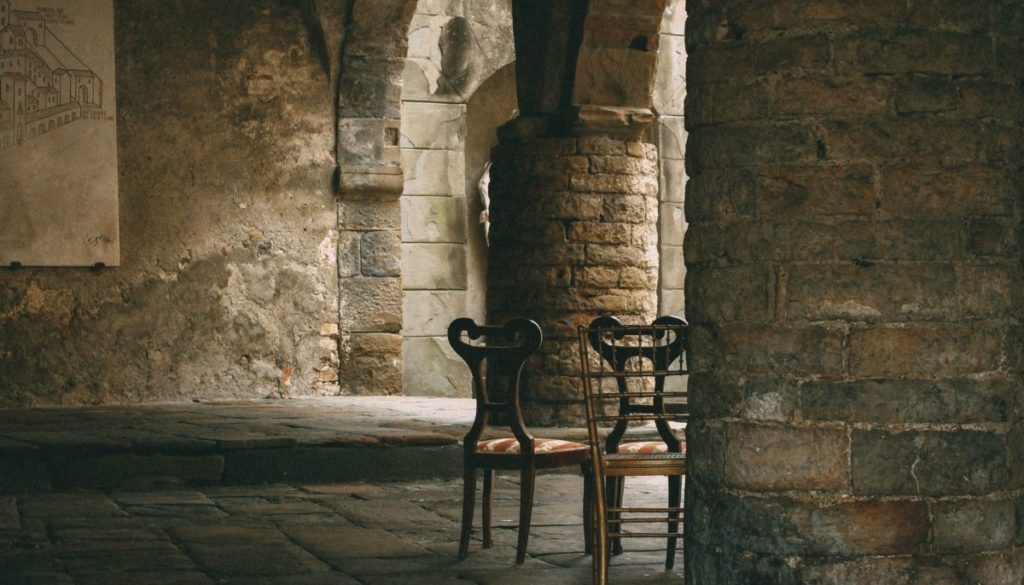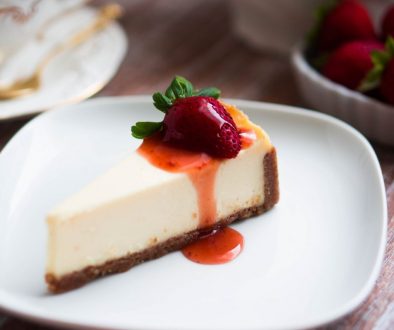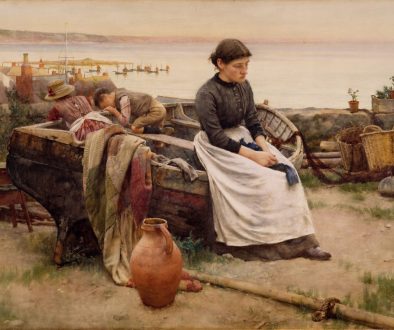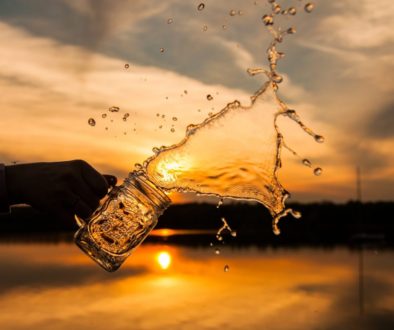Chapter 3 – Canada’s History

- Why did the first European explorers call the native peoples “Indians”?
They thought they had reached the East Indies
- How did the native people live when the first European arrived in Canada?
Off the land, some by hunting and gathering, others by raising crops
- Which natives were farmers and hunters?
Huron-Wendat of the Great Lakes region and the Iroquois
- Which natives were hunter-gatherers?
The Cree and Dene of the Northwest
- Which natives were nomadic, following the bison (buffalo) herds?
The Sioux
- Which natives lived off Arctic wildlife?
The Inuit
- Which natives preserved fish by drying and smoking?
West Coast natives
- What type of bond did Aboriginals and Europeans form in the first 200 years of coexistence?
Economic, religious and military
- The arrival of Europeans in Canada changed the native way of life forever
True
- Who was the first to map Canada’s Atlantic shore?
John Cabot
- When did English settlement begin in Canada?
1610
- Who were the first Europeans to reach Canada?
Vikings
- When did European exploration begin in Canada?
1497
- With whose expedition did European exploration begin in Canada?
John Cabot
- Who claimed Canadian land for King Francis I of France between 1534 and 1542?
Jacques Cartier
- Who was the first European to see present-day Quebec City and Montreal?
Jacques Cartier
- When did the name of “Canada” begin appearing on maps?
By the 1550s
- Where does the name “Canada” come from?
From the Iroquoian word “kanata”, meaning “village”
- Who established the first European settlement north of Florida in 1604?
Pierre de Monts and Samuel de Champlain
- Who established the first European settlements?
The French
- What is the current name of the fortress that Samuel de Champlain built in 1608?
Quebec City
- Who battled with the French settlements for a century?
A confederation of five (later six) First Nations
- When did the French and the Iroquois make peace?
1701
- What was the main economy of the early Europeans settlers?
Fur trade
- Who granted the Hudson’s Bay Company exclusive trading rights?
King Charles II of England
- Who were the “voyageurs” and “coureurs des bois”?
The skilled and courageous men who traveled by canoe and formed strong alliances with First Nations
- When did English colonies appear along the Atlantic seaboard?
The early 1600s
- Who battled for control of North America in the 1700s?
France and Great Britain
- When did France and Great Britain battle for control of North America?
In the 1700s
- Who gained control over North America in the 1700s?
The English
- What marked the end of France’s empire in America in the 1700s?
The British defeated the French in the Battle of the Plains of Abraham at Quebec City
- What did Great Britain rename the French colony of the 1700s?
The “Province of Quebec”
- Who were known as “habitants” or “Canadiens”?
The French-speaking Catholic people
- Who passed the Quebec Act of 1774?
The British Parliament
- What is the significance of the Quebec Act of 1774?
It allowed religious freedom for Catholics and permitted them to hold public office
- How were the laws impacted by the Quebec Act of 1774?
The Act restored French civil law while maintaining British criminal law
- Who declared independence in 1776 and formed the United States?
The thirteen British colonies to the south of Quebec
- Who were the Loyalists?
Settlers from the United States who were loyal to the Crown
- Who led thousands of Loyalist Mohawk Indians into Canada in 1776?
Joseph Brant
- Where was the new British colony for freed slaves?
Sierra Leone (West Africa)
- When was the first representative assembly in Canada elected?
1758
- Where was the first representative assembly elected?
Nova Scotia
- Which Act granted to the Canadas, for the first time, legislative assemblies elected by the people?
The Constitutional Act
- When was the Constitutional Act passed?
1791
- Which current provinces came out from the Constitutional Act?
Ontario and Quebec
- When did the name “Canada” become official?
1791
- What was known as “British North America” in 1791?
The Atlantic colonies and the two Canadas (upper and lower)
- What were the Atlantic colonies and the two Canadas known collectively as in 1791?
British North America
- Who was Lieutenant Colonel John Graves Simcoe?
Upper Canada’s first Lieutenant Governor and founder of the City of Toronto
- Who made Upper Canada the first province in the British Empire to abolish slavery?
Lieutenant Colonel John Graves Simcoe
- Who granted the Hudson’s Bay Company exclusive trading rights?
King Charles II of England
- Which British Empire province was the first to abolish slavery?
Upper Canada
- Who was Mary Ann (Shadd) Carey?
An anti-slavery activist and the first woman publisher in Canada
- When did the British Parliament abolish slavery throughout the Empire?
1833
- When were the first companies in Canada formed?
During the French and British regimes
- For what did the first companies in Canada compete?
Fur
- Who dominated the fur trade in the North West during the French and British regimes?
The Hudson’s Bay Company
- When did the first financial institutions open in Canada?
Late 18th and early 19th centuries
- For centuries, on what was Canada’s economy based?
Farming and exporting natural resources
- What did the Battle of Trafalgar (1805) represent?
The defeat of Napoleon Bonaparte’s fleet
- When did the United States launch an invasion on Canada?
1812
- Which countries fought in the War of 1812?
United Kingdom and United States of America
- Why was the war of 1812 important to Canada?
Canada remained independent from the United States
- In which year did the American attempt to conquer Canada fail?
1814
- Who defeated Napoleon in 1815?
The Duke of Wellington
- For what is Laura Secord known?
She made a dangerous thirty km journey on foot to warn of a planned American attack during the war of 1812
- What is a “responsible government”?
The ministers of the Crown must have the support of a majority of the elected representatives in order to govern
- In what year did Canada become a country?
1867
- What was the name of the new country formed by the Fathers of Confederation?
Dominion of Canada
- Name 3 fathers of Confederation
Sir Étienne-Paschal Taché, Sir George-Étienne Cartier, and Sir John A. Macdonald
- In what year were Upper and Lower Canada united?
1840
- Which British North American colony was the first to attain full responsible government?
Nova Scotia
- Who became the first leader of a responsible government in the Canadas?
La Fontaine
- What is the system “if the government loses a confidence vote in the assembly it must resign” called?
A responsible government
- What were the men who worked together to establish Canada called?
The Fathers of Confederation
- Which four provinces formed the new country called the Dominion of Canada?
Ontario, Quebec, New Brunswick and Nova Scotia
- What does “Confederation” mean?
The joining of several provinces to form a new country
- What level of government did the Fathers of Confederation create?
Federal and provincial
- What is the “Dominion of Canada”?
The name of the new country formed in 1867 known today as Canada
- When did the British Parliament pass the British North America Act?
1867
- Why is the British North America Act important in Canadian history?
The Act officially made Canada a self-governing Dominion
- When is Canada Day?
First of July
- Who assigned Canada’s national colours (white and red) in 1921?
King George V
- Who suggested the term, “Dominion of Canada” in 1864?
Sir Leonard Tilley
- Which phrase embodied the vision for the Dominion of Canada?
“Dominion from sea to sea and from the river to the ends of the earth”
- In which year was Canada’s first Prime Minister elected?
1867
- Who was Canada’s First Prime Minister?
Sir John Alexander Macdonald
- Whose portrait is on the Canadian $10 bill?
Sir John Alexander Macdonald
- Who was the key architect of Confederation from Quebec?
Sir George-Étienne Cartier
- When did Canada take over the vast northwest region from the Hudson’s Bay Company?
1869
- When was the RCMP created?
1873
- What does “RCMP” stand for?
Royal Canadian Mounted Police
- What is the Royal Canadian Mounted Police?
A national police force
- The British territories in the Caribbean Sea are part of Canada.
False
- Who became the first French-Canadian prime minister since Confederation?
Sir Wilfrid Laurier
- Whose portrait is on the $5 bill?
Sir Wilfrid Laurier
- What made it possible for immigrants to settle in Western Canada?
The completion of the Canadian Pacific Railway
- How many Canadians served in the First World War?
More than 600,000
- Who had the reputation of being the “shock troops of the British Empire”?
The Canadian troops
- Who was Canada’s greatest soldier during the First World War?
General Sir Arthur Currie
- What is known as the women’s suffrage movement?
The effort by women to achieve the right to vote
- When were most Canadian female citizens, aged 21 and over, granted the right to vote in federal elections?
1918
- Who was the founder of the women’s suffrage movement?
Dr. Emily Stowe
- When is Remembrance Day?
11th of November
- What is the meaning of the Remembrance Day poppy?
To remember the sacrifice of Canadians who have served or died in wars up to the present day
- What do Canadians remember on Remembrance Day?
The sacrifices of veterans and brave fallen in all wars
- What do Canadians wear on Remembrance Day?
Red poppy
- What was the name of the free association of states that the British Empire had evolved into after the First World War?
The British Commonwealth of Nations
- When was the Bank of Canada created?
1934
- What led to the Great Depression in the 1930s?
The stock market crash of 1929
- In the epic invasion of Normandy in northern France in 1944, known as D-Day, which beach did the Canadians capture?
Juno
- During the Second World War, what was the ratio of Canadians in the Allied forces on D-Day?
1 in 10
- How many Canadians served in the Second World War?
More than one million
- Who contributed more to the Allied air effort than any other Commonwealth country during the Second World War?
Canada
- At the end of the Second World War, Canada’s navy was:
The third largest in the world
- How did the native people live when the first European arrive in Canada?
Off the land, some by hunting and gathering, others by raising crops
- Regarding the European – Aboriginal relationship, which of the following statements is false?
European traders, missionaries, soldiers and colonists killed most of the native population in Canada
- Who was the first European to explore the St. Lawrence River?
Jacques Cartier
- What is the significance of “l’Anse aux Meadows”?
It is a World Heritage site where can be found the remains of the Vikings from Iceland who reached Labrador and the island of Newfoundland 1,000 years ago
- What was driving the vast fur trade economy?
The demand for beaver pelts in Europe
- What are leaders like Jean Talon, Bishop Laval, and Count Frontenac famous for?
They built a British Empire in North America that reached from Hudson Bay to the Gulf of Mexico
- In Canada, how did democratic institutions develop?
Gradually and peacefully
- What did Upper Canada mainly consist of?
Loyalist, Protestant and English-speaking people
- What did Lower Canada mainly consist of?
Catholic and French-speaking people
- Who was Upper Canada’s first Lieutenant Governor and founder of the City of York (now Toronto)?
Lieutenant Colonel John Graves Simcoe
- What was the Underground Railroad?
A Christian anti-slavery network
- When did the Montreal Stock Exchange open?
1832
- Who refused to surrender Quebec to the English in 1690?
Count Frontenac
- What was Pierre Le Moyne famous for?
He was a great hero of New France, winning many victories over the English in the late 17th and early 18th centuries
- Who defended the rights of the Canadiens and defeated an American military invasion of Quebec in 1775?
Sir Guy Carleton
- Who defeated Napoleon in 1815, and therefore played a direct role in founding the national capital?
The Duke of Wellington
- Who was a champion of French language rights?
Sir Louis-Hippolyte La Fontaine
- How many Canadians have died in all wars up to the present day?
110,000
- Who composed the poem “In Flanders Fields” that is often recited on Remembrance Day?
Lt. Col. John McCrae
- When did Canadian medical officer Lt. Col. John McCrae composed the poem “In Flanders Fields” that is often recited on Remembrance Day?
1915


